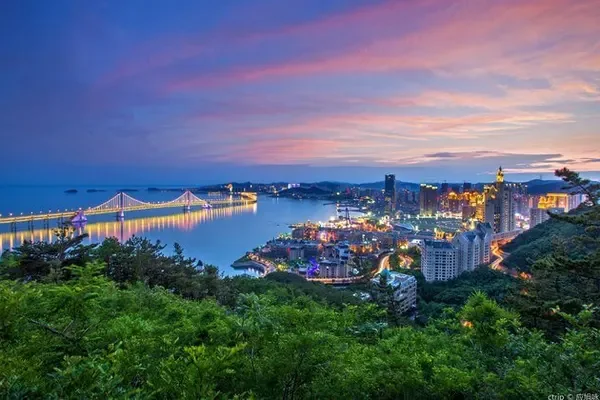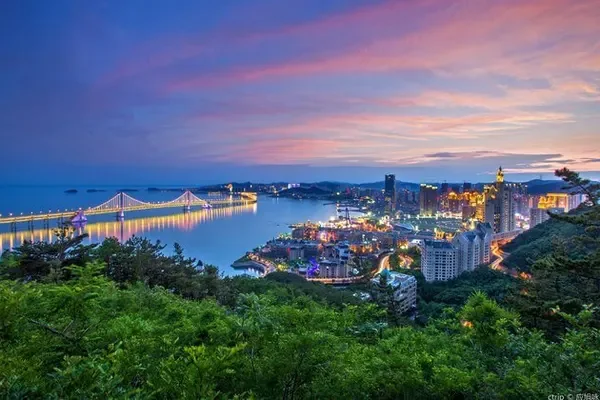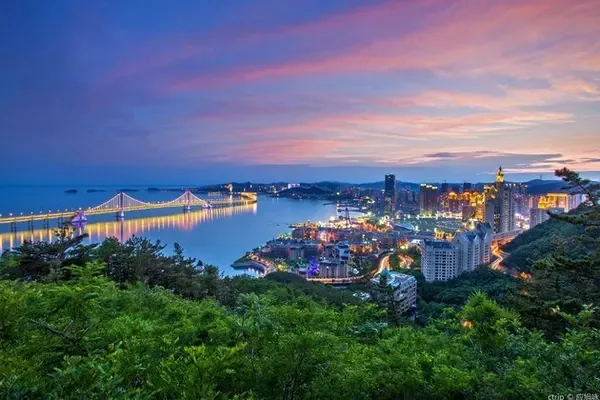Today is the 30th day of our self-driving tour in China with one person, one car and one dog. In the morning, we set off from Guanba Village, Sidu Town, Zunyi, and now we have arrived at Tucheng Town, Xishui County, Zunyi.
The specific route is: Zunyi Sidu Guanba Village—>210 National Highway—>Loushanguan—>210 National Highway—>Tongzi County—>210 National Highway—>Xishuijie—>302 Provincial Highway—>Chongqing Qijiangjie—>282 County Road—>Shihao Town, Qijiang, Chongqing—>282 County Road—>Xishuijie, Zunyi, Guizhou—>302 Provincial Road—>306 Township Road—>Shimen Village—>Red Ninth Army Exhibition Hall—>306 Township Road—>302 Province Road —> study water and soil towns.
Today's road, whether it is the Guizhou section or the Chongqing section, the road conditions are good, and the roadside scenery still shows its charm!
We first passed through Tongzi County.

Then arrive at the first bend in Shenzhou, a total of 72 bends, which is a section of the 210 National Highway from Tongzi County to Xishui County.
Looking down from a high place, the winding mountain road is really scary.
But I was eager to try it, and wanted to compare it with the famous 72 turn on the Sichuan-Tibet line that I traveled last year.










Turn 54.


According to my actual measurement, the difficulty coefficient of turn 72 is much lower than that of turn 72. A small car like me should be able to pass the level easily. For beginners practicing mountain road, this is definitely a good place.
After turning the last bend to the foot of the mountain, we arrived in Xishui County.

Along the way today, the scenery on the side of the provincial road and township road is also very charming. This is the scenery on the side of the 302 provincial road in Guizhou.


This is the scenery along the road in 282 County, Qijiang, Chongqing.



This is the scenery on the road in Xishui 306 Township, Zunyi, Guizhou.

Today, following the footsteps of the Red Army, we first came to the Shihao Red Army Martyrs Monument Park located in Shihao Town, Qijiang, Chongqing.
Shihao Town, Qijiang, Chongqing, is the only place where the Red Army's Long March passed through Chongqing and left its mark.
In January 1935, after the Zunyi Conference was held, the large troops of the First Red Army rested in Songkan for four days. In order to get rid of the enemy's siege and interception, according to the "Red Army Crossing the River Operation Plan" formulated by the Sidu Conference on January 20, it was decided to go to Sichuan Cross the Yangtze River northward between Yibin and Luzhou, and join the Red Fourth Army in the Sichuan-Shaanxi base area.
In order to implement this plan, the Red Army was divided into two routes: one from the north of Tongzi City over Malinggang and marched into Chishui; Turn to Chishui.
On January 21, 1935, more than 8,000 members of the First Red Army set off from Songkan and arrived at Shihao Town, Qijiang on the afternoon of the 21st. After the Red Army arrived in Shihao Town, the discipline was strict: they brought their own cooking utensils and slept on the streets. Later, the common people let the Red Army live in the house. .
After the Red Army stationed in Shihao for two days, they drove to Chishui via Liyuanba.







Chongqing Qijiang Red Army Martyrs Monument is to commemorate the five Red Army soldiers who died in Qijiang during the "Crossing Chishui" journey.
Walking up the steps, we found that the gate of the Red Army Martyrs Monument Park in Shihao was closed. We could not enter to pay our respects. We could only take a few photos at the gate. Very attentive.





Coming out of Shihao Town, Qijiang, Chongqing, I returned to Provincial Highway 302 in Guizhou, the Meixi River battle site, located next to Provincial Highway 302 in Guizhou.
From January 23rd to January 24th, 1935, the Fifth Red Army Corps blocked the enemy from the direction of Qijiang River, which was chasing the First Red Army Corps, at the Meixi River in Liangcun, so as to ensure that the Red Army column moved towards Tucheng. It was called Meixi River in history. fighting.
On January 23, after the Sichuan army occupied Liangcun, they occupied the high ground and favorable terrain along the line from Xiangdongzi to Jiuyanba, built fortifications, and confronted the Red Army across the Meixi River.
On January 24, when the Sichuan Army was still deploying its troops, the Red Army had already built fortifications on the high mountains around Huoshiya and Shawan, and dispatched more than 30 excellent shooters to use machine guns to condescend to block Mei River stone bridges, blocking the enemy. After the battle broke out, the Sichuan Army concentrated its artillery fire on the Red Army's positions in an attempt to cross the Meixi River. As the Red Army stood firm and concentrated its main firepower to block the stone bridge on the Meixi River, the Sichuan Army suffered heavy casualties and failed to cross the Meixi River. As a result, the Sichuan Army mobilized a regiment from Xiangdongzi to come for reinforcements. Huoshiya's Red Army took advantage of the transfer of the Sichuan Army to launch a fierce attack. They were caught off guard and forced to retreat to Liangcun. Some of them used machine guns to shoot blindly at the Red Army positions, not daring to take a step forward. The Red Army column coming from the direction of Houtan all passed the Meixi River on the evening of the 24th. After completing the blocking mission, the Fifth Red Army Corps withdrew from the Meixi River that night and marched towards Donghuang.
The Battle of Meixi River was the first confrontation between the Red Army and the Sichuan Army after starting from Zunyi, and they won the victory.





The Red Ninth Army Corps Exhibition Hall is located next to the 306 Township Road in Shimen Village, Xishui County, and you can see it seven or eight kilometers away from the 302 Provincial Highway.
This Yang's ancestral hall, which was built from May of the 20th year of Guangxu to March of the second year of Xuantong, is the exhibition hall of the Ninth Red Army.
In January 1935, the Ninth Red Army Corps entered Chengzhai Township in two routes in order to cover the First Red Army Corps to capture Xishui Donghuang Palace and Guandu, the county seat.
Because the gate of the ancestral hall was closed, we still didn't see the panorama inside.




Our self-driving tour with one person, one car and one dog has been traveling for 30 days. During this month, we set off from Shanghai and passed through nine cities including Zhejiang, Jiangxi, Fujian, Guangdong, Hunan, Guangxi, Guizhou and Chongqing. Provinces, municipalities, autonomous regions and municipalities directly under the central government, we are still moving forward along the footsteps of the Red Army. Welcome everyone to continue to pay attention!
A total of 243 kilometers were driven today.

See you tomorrow!


